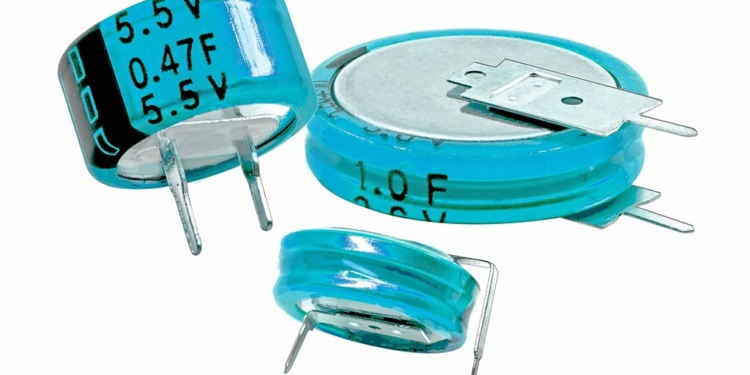Source: Cornell Dubilier news
The EDC and EDS series of Coin Cell style EDLC capacitors from Cornell Dubilier (CDE) can replace or extend battery life in on-board memory backup. With quick-response and recharge times, these devices offer higher power than batteries and greater energy than typical aluminum electrolytic capacitors without degradation over millions of charge-discharge cycles.
Both series offer values from 0.047 to 1.5 Farad capacity, at voltages up to 6.3 WVDC for the EDC series; and 5.5 WVDC for the EDS series. Operating temperature for the EDS series is from -25 °C to +85 °C, with the EDC series offering -25 °C to +70 °C. Three case configurations are available for horizontal, vertical and radial-lead PCB mounting.
EDC and EDS series capacitors are ready to board mount in such applications as real-time clock (RTC) backup, power failure backup, battery assist and in market segments such as smart metering, HVAC controls, building automation, communication systems, appliances, instruments and other microprocessor-based devices. Because of their high volumetric power density, they can be an effective way to reduce board size and weight. Either series can be used as a drop-in replacement for similar value capacitors recently discontinued by other manufacturers.
Highlights
- Long life
- High discharge current
- -70 ºC (EDC) or -85 ºC (EDS) Operating temperature
Applications Include:
- On-board memory backup circuits
- Audio output circuits
- Energy/Lighting
- Smart utility meters (AMR)
- Solar lights and energy storage
- Power conversion
- IoT–Energy harvesting/storage
- Industrial controls
- Telematics
































